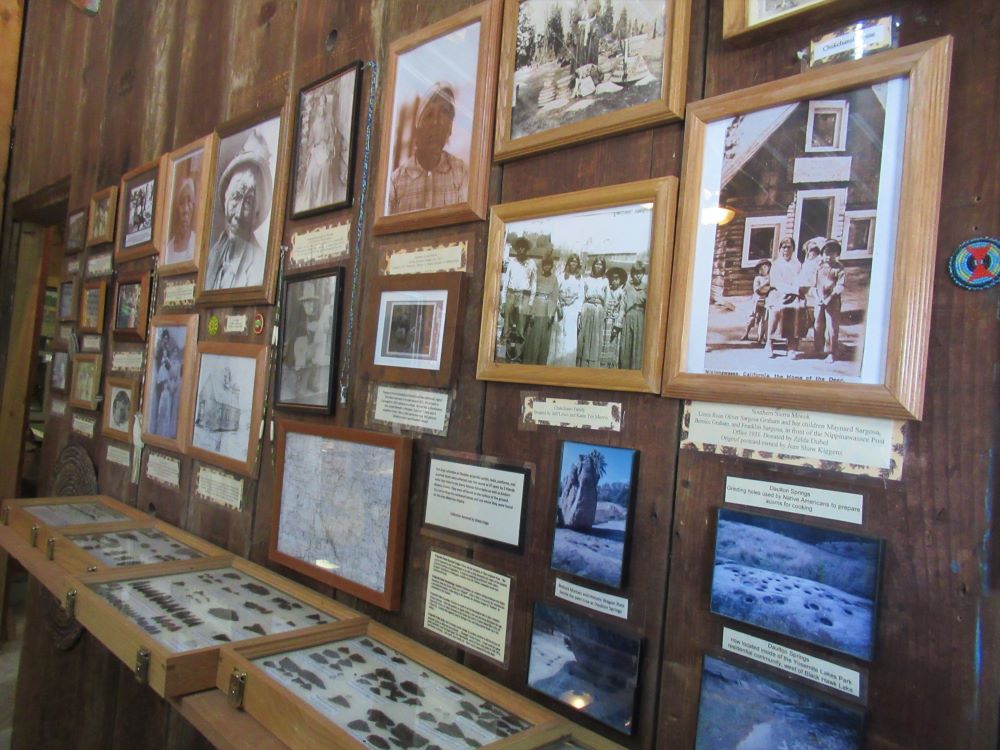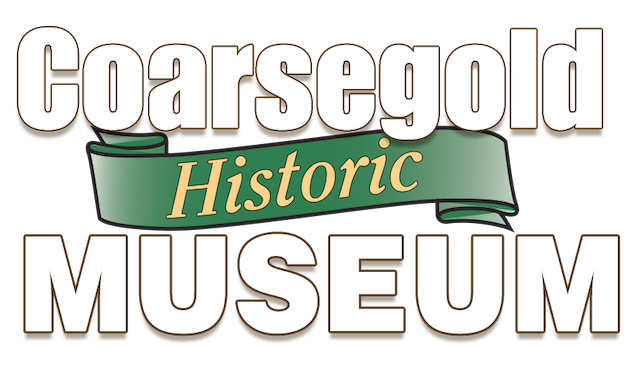 The Chukchansi Indians are indigenous to this region. They are related in language to the Yokut speaking people of the Great San Joaquin Valley. The Chukchansi people have lived in this area for over 8,000 years, once occupying a much larger territory. The North Fork Mono people are located to the east of our Museum, and the Southern Sierra Miwok are located north of the Museum.
The Chukchansi Indians are indigenous to this region. They are related in language to the Yokut speaking people of the Great San Joaquin Valley. The Chukchansi people have lived in this area for over 8,000 years, once occupying a much larger territory. The North Fork Mono people are located to the east of our Museum, and the Southern Sierra Miwok are located north of the Museum.
The Chukchansi were hunters and gatherers and would seasonally follow the food sources for hunting and gathering. They lived in scattered villages, hamlets, and extended families. They fed themselves by hunting and fishing and by practicing incipient horticulture, carefully gathering, pruning, and burning the land to maximize food production.
During the mid-to-late 19th century after the discovery of gold, life changed dramatically for the Chukchansi people. Their land was stolen, diseases spread and natives were murdered. The Chukchansi people were marginalized to small allotments and many of the young women were forced to marry outside of their Native communities. Parents were encouraged/forced to send their children to boarding schools far from their homes, some never to return. It is estimated that over ninety percent of the Indian people disappeared in a fifty-year period between 1848-1900.
The resurgence of the Chukchansi people reflects their resilience and tenacity. Renewed interest in the traditions and history continues to increase. While there are few fluent Chukchansi speakers, Chukchansi phrases are commonly heard among community members. The language is being preserved, as are the traditions of basket materials gathering and construction. Chukchansi/Yokut baskets represent some of the finest work in California and can be seen both locally as well as in museums across the U.S.
